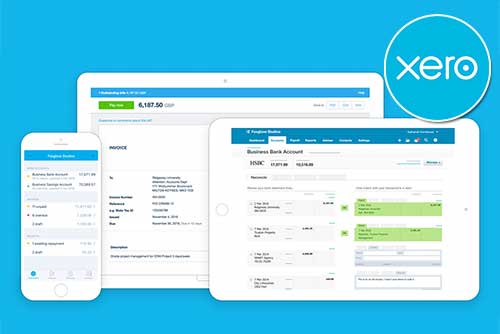Understanding Capital in Business
Capital is the lifeblood of any business, serving as the fuel that drives growth, innovation, and sustainability. Understanding the role of capital in business is paramount for entrepreneurs, executives, and investors alike. From securing initial funding to managing ongoing financial resources, capital plays a pivotal role in shaping the trajectory of a company’s success.
In this article, we’ll explore the different types of capital, the importance of effective capital management, and strategies for optimising capital utilisation to propel business growth.
What is Capital?
Capital refers to a business’s financial resources and assets that enable its operations, growth, and investment, as reflected on its balance sheet. It represents the funds available for acquiring assets, covering expenses, and pursuing opportunities.
Businesses acquire capital through their operations or by securing funding through debt or equity financing. Common sources of capital include:
- Work or business operations
- Personal savings
- Equity Financing (Angel investors, Venture capitalists, private equity firms)
- Debt Financing (Bank loans, bonds, and Government loans)
Having sufficient capital is crucial for sustaining day-to-day operations, expanding into new markets, innovating products or services, and weathering economic downturns.
Types of Capital in Business
Capital takes on various forms, each with its unique characteristics and implications. The most common types of capital include:
Working Capital
Working capital represents the difference between a company’s current assets and its current liabilities. It reflects the liquidity and short-term financial health of a business, indicating its ability to meet day-to-day operating expenses and obligations.
Share Capital
Share capital, also known as equity capital, represents the funds raised by a company through the sale of shares to investors. Shareholders who purchase these shares become partial owners of the company and are entitled to a portion of its profits. Share capital provides businesses with a source of permanent funding.
Debt Capital
Debt capital consists of funds borrowed by a company from external sources, such as banks, bondholders, or other creditors. Debt capital provides businesses with access to additional funds for operations, expansion, or capital investments, but it also comes with the obligation to service the debt through regular interest payments.
Venture Capital
Venture capital refers to investment capital provided by venture capital firms or investors to early-stage startups or high-growth companies with significant growth potential.
How is Capital Used?
Business capital is used in various ways to support operations, drive growth, and create value. Here are some common uses of business capital:
- Day-to-Day Operations: Capital is used to cover everyday expenses such as rent, utilities, salaries, and inventory purchases.
- Investment in Equipment and Infrastructure: Capital is invested in acquiring machinery, equipment, technology, and infrastructure necessary for production or service delivery.
- Research and Development (R&D): Businesses allocate capital to fund research and development activities that aim to innovate, improve products, and advance technology.
- Marketing and Advertising: Capital is used to finance marketing campaigns, advertising efforts, and promotional activities aimed at attracting customers, increasing brand visibility, and driving sales.
- Expansion and Growth Initiatives: Capital is deployed to fund expansion projects, open new locations, enter new markets, or diversify product offerings.
Strategies for Capital Management
Managing capital in business is a delicate balancing act. It requires a strategic approach to ensure that the business has enough resources to operate and grow, while also maintaining a healthy financial position.
Here are some key strategies that businesses can employ to manage their capital effectively:
- Budgeting and Forecasting: Establishing comprehensive budgets and financial forecasts helps businesses plan and allocate capital effectively.
- Debt Management: Prudent debt management is crucial for maintaining healthy financial ratios and minimising interest expenses. Businesses may employ strategies such as refinancing debt at lower rates, consolidating high-interest loans, and strategically leveraging debt for growth opportunities.
- Equity Financing: Utilising equity financing through the issuance of stocks or ownership stakes can provide businesses with additional capital without incurring debt.
- Working Capital Optimisation: Efficient management of working capital, including inventory, accounts receivable, and accounts payable, helps businesses maintain liquidity and optimise cash flow.
- Capital Expenditure Prioritisation: Businesses should focus on investments that support growth initiatives, enhance operational efficiency, or improve competitiveness while avoiding unnecessary expenditures.
- Capital Structure Optimisation: Optimising the mix of debt and equity in the capital structure to achieve an appropriate balance of risk and return is vital. Businesses should consider factors such as cost of capital, tax implications, and capital market conditions when determining the optimal capital structure.
The Importance of Understanding Capital in Business
Capital is a vital part of business operations. Understanding its different types, its role, and how to manage it effectively can make the difference between business success and failure.





















